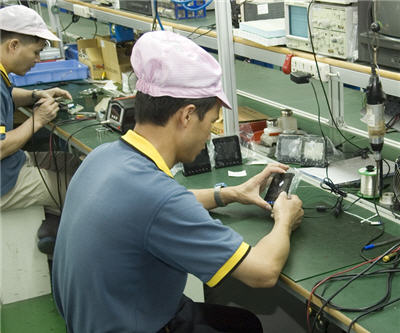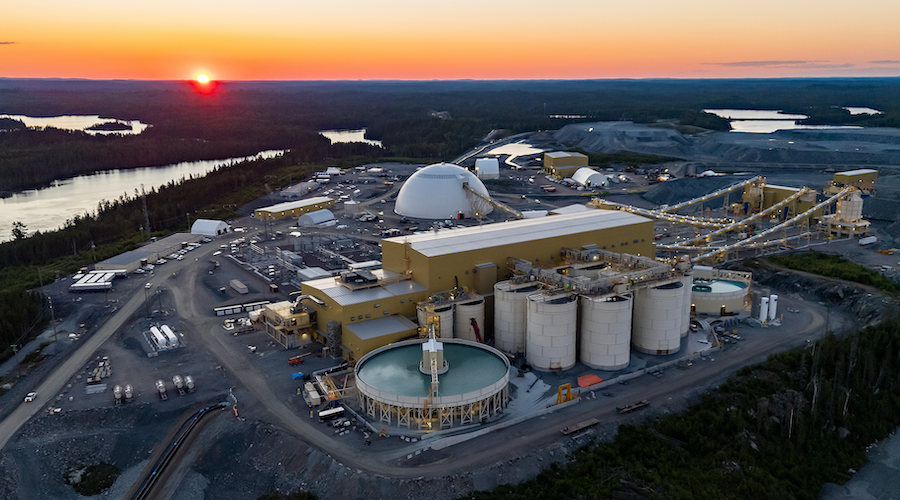China’s economy on track for slowest growth in 23 years

China’s economy grew 7.5% in the second quarter of 2013, down from 7.7% in the first quarter, according to Beijing’s National Bureau of Statistics.
Compared with the developed world, the growth is impressive. And China’s growth is likely to remain stable for years to come. But deteriorating economic data from the world’s second largest economy does pose major challenges.
Domestically, the Chinese Communist Party must decide how aggressively to counter to the slowdown with pro-growth policies.
Chief China economist at RBS Louis Kuijs thinks that Premier Li still has some breathing room but “if downward risks threaten to push growth significantly below 7% we expect the government to respond with measures to support growth, notably on the fiscal front and possibly combined with structural reforms.”
Alaistair Chan of Moody’s Analytics says “immediate action” is needed to keep manufacturing and construction healthy. “The deceleration is a result of reduced domestic investment and a weak global environment. Further deceleration is possible if reforms and stimulus measures are delayed.”
Internationally, China along with other emerging economies have been the engines of global economic growth since the United States and Europe slid into recession in the wake of the 2008 financial crisis. With a faltering Chinese engine, prospects for global recovery become even bleaker.
Here are some key China economic stats from Business Insider’s Mamta Badkar:
Chinese industrial production was up 8.9%, below expectations for a 9.1% rise. Industrial production was up 9.3% in the first half of the year. The 10.8% rise in crude oil output, following the rise in crude oil imports suggests some improvement in investment activity.
All important year-to-date fixed asset investment (FAI) climbed 20.1%, missing expectations for a 20.2% rise. A breakdown showed that railway FAI slowed to 15.7%, from 24.2% in May, manufacturing FAI slowed to 15.2%, from 16.5%, and property FAI was up 19.4%.
Retail sales were up 13.3%, above expectations for a 12.9% rise. In real terms however, retail sales were up 11.7% in June, down from 12.1% the previous month. Retail sales were up 12.7% in the first half of the year.
Chinese electricity consumption was up 6.3% YoY in June to 438.4 billion kilowatt hours, and up 5.1% in the first half of the year.
For a more skeptical take on the accuracy of the official Beijing statistics, click here.
{{ commodity.name }}
{{ post.title }}
{{ post.date }}




Comments